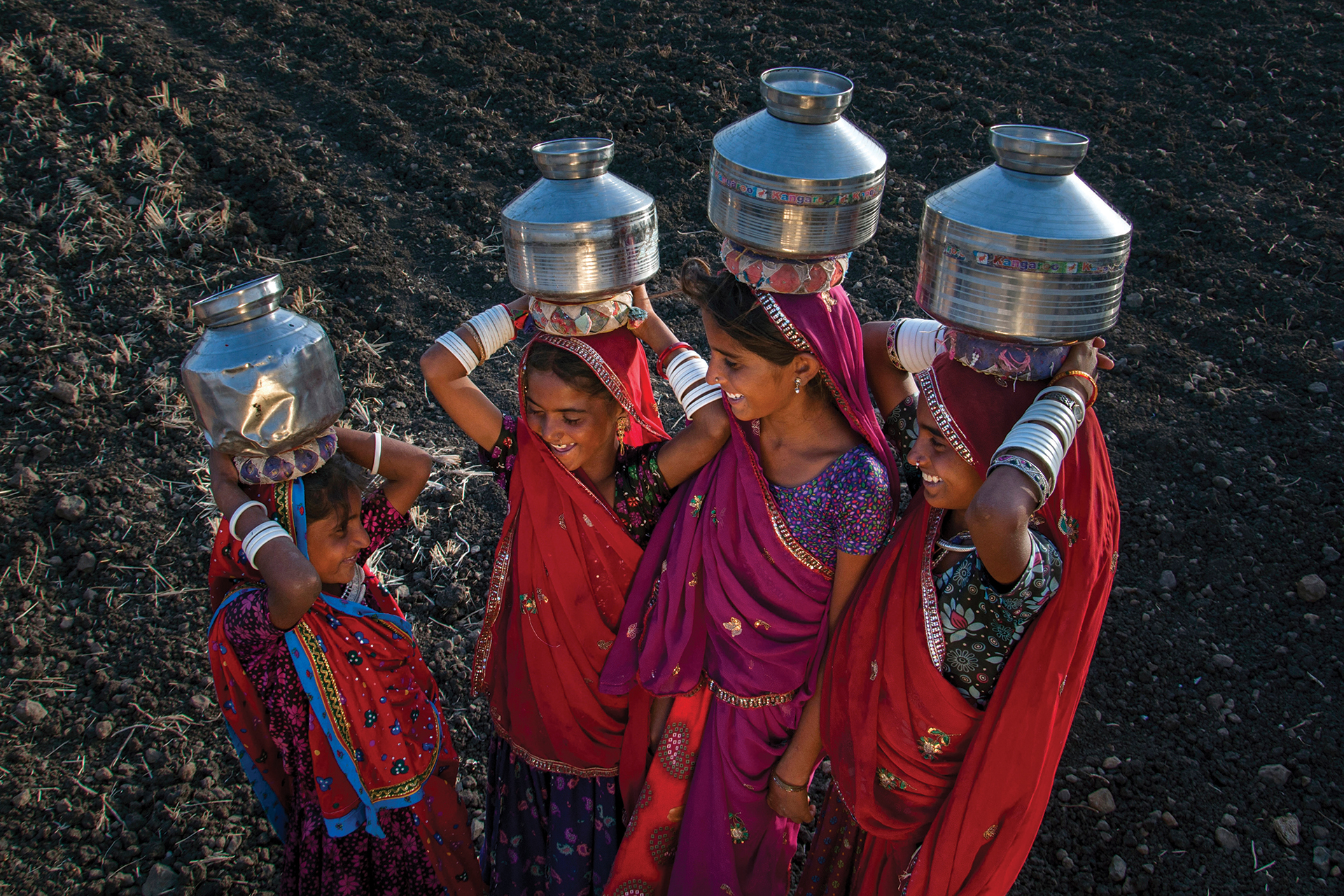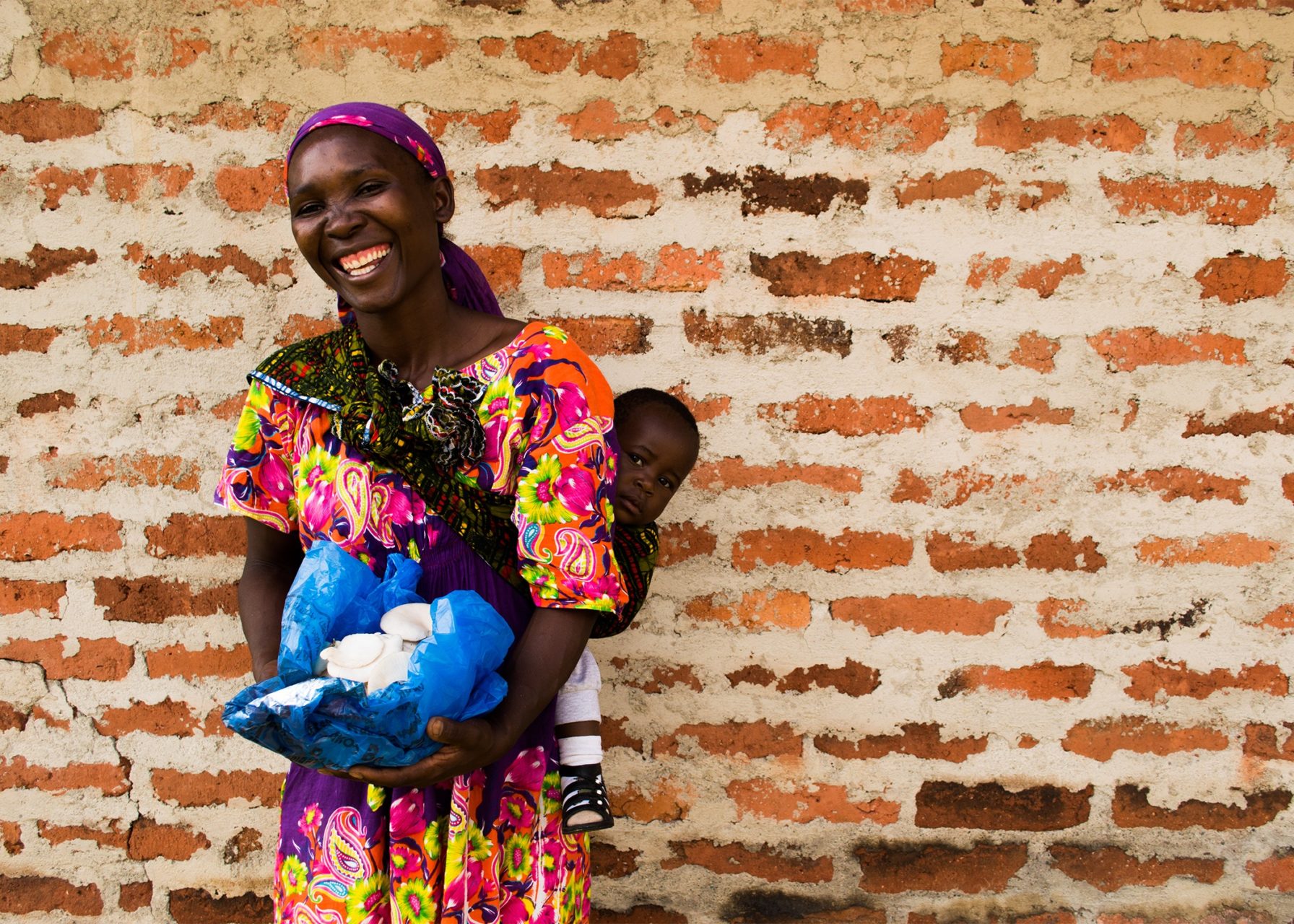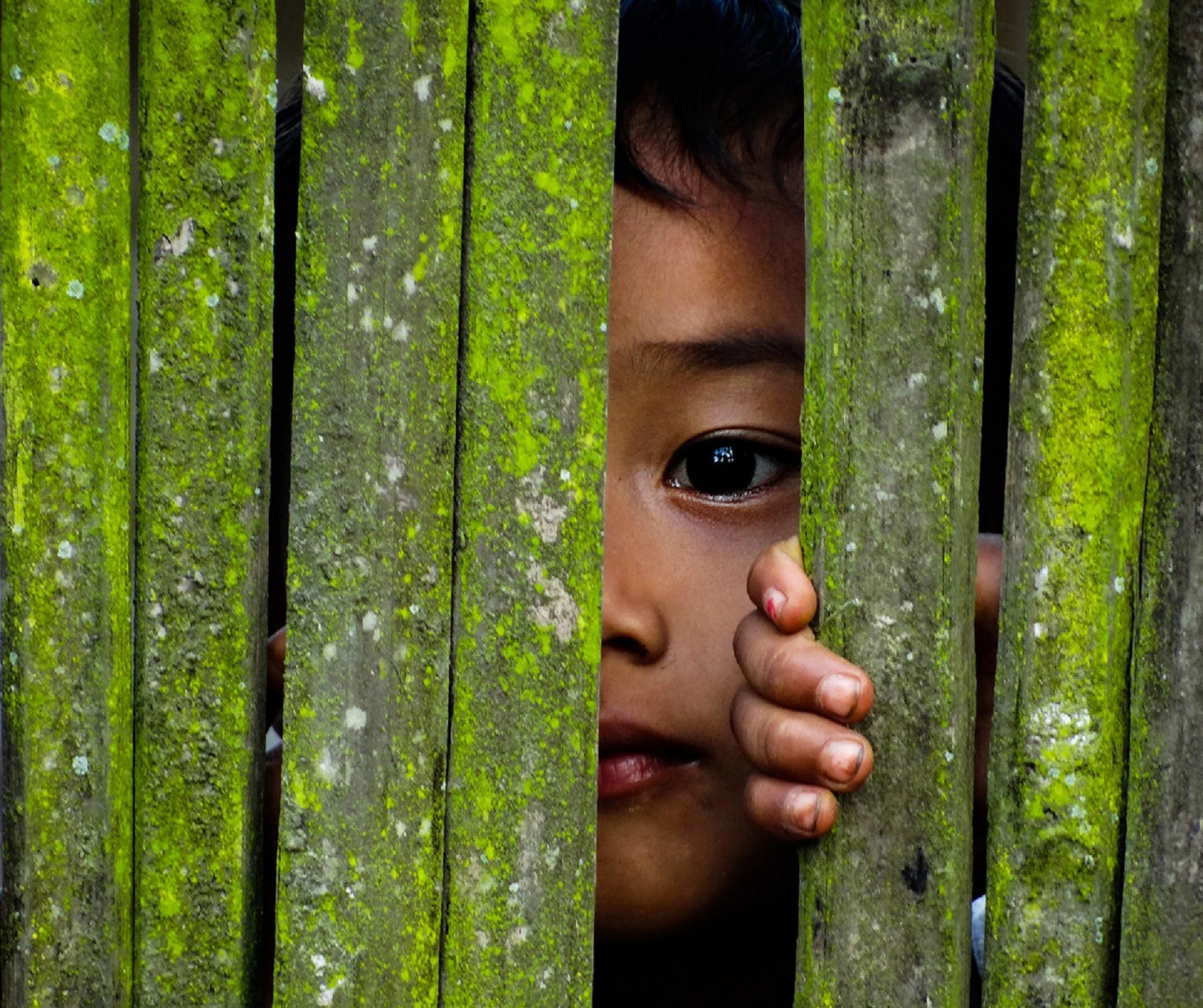Gender inequality is a root cause of many barriers to sustainable development around the world. Women, girls, and LGBTI individuals are disproportionately affected by systemic and severe discrimination that cuts across all thematic areas and development sectors. Simply working with women to find solutions and empower women is not enough. Effective gender equality strategies address social and cultural norms and institutions that reinforce gender inequalities, as well as advocating for and fostering legislation and policies that promote gender equality and nondiscrimination. Creating true and lasting change depends on working with and engaging men and women, families, faith communities, and societies to overcome gender inequality.

Why the United States Invests in Gender Equality
In the world’s poorest communities, girls and women bear the brunt of poverty. Every day, approximately 830 women die from preventable causes related to pregnancy and childbirth. 99% of all maternal deaths occur in developing countries.
Education improves girls’ lives and their community. For each additional year girls enroll in school, their yearly income increases, their future children will be healthier, and they are less likely to be married as a child. And yet, around the world more than 130 million girls are out of school today, including 98 million girls who are missing out entirely on secondary school.
Economies are stronger when women are included. Women account for one-half of the potential human capital in any economy. Investment in gender equality has a high rate of return. If the income gap between men and women was fully bridged, $28 trillion could be added to the global GDP in 2025. Countries with greater gender equality are more prosperous and competitive.
Gender-based violence is unconscionably high. The WHO estimates that 150 million girls and 73 million boys under 18 are subject to sexual violence annually. One in three women will experience gender-based violence in her lifetime. The consequences for this violence are more than personal: domestic violence detracts 5.2% of the global GDP each year.
Child marriage limits girls’ future. Approximately 650 million girls and women alive today were married before their 18th birthday. Without concerted action, 150 million more girls will be married by 2030. Child marriage denies girls their education, negatively impacting their health and long-term prospects, while also increasing the likelihood that they will experience intimate partner abuse and sexual violence.

Examples of Current U.S. Government Gender Programs
USAID Gender Equality and Women’s Empowerment Programs
The Office of Gender Equality & Women’s Empowerment oversees agency-wide gender equality policies and strategies, that work to reform budgeting and reporting requirements to better capture gender equality results, create incentive funds to promote women’s leadership, reduce gender-based violence, and accelerate investments in women peacebuilders, parliamentarians, agricultural producers, and owners of small and medium enterprises.
Department of State Global Women’s Programs
The Office of Global Women’s Issues is centered around gender equality, including programs to combat gender-based violence, promote women’s economic empowerment and women’s participation in peace
and security, and support adolescent girls.
Key Legislation or Government Policies
The Women’s Entrepreneurship and Economic Empowerment Act of 2018
Passed the House in the 115th Congress and at time of printing was hotlined in the Senate. The WEE Act is a bipartisan bill that prioritizes women’s economic empowerment and highlights the financial tools, resources, and rights necessary for women to advance. By highlighting critical barriers to women’s economic empowerment, the bill brings attention and government resources to the advancement of women as they start and grow businesses, expand their earnings and savings, and bring greater prosperity to themselves, their households, and their communities.
U.S. Strategy to Empower Adolescent Girls
The U.S. Strategy to Empower Adolescent Girls was launched in 2016 to bring awareness, expertise, and good policies around girls’ empowerment to the U.S. DoS, USAID, the Peace Corps, and the Millennium Challenge Corporation. This global agenda aims to give girls around the world the tools they need to become the leaders of the next generation.
USAID Gender Equality and Female Empowerment Policy
Since 2013, the Gender Equality and Female Empowerment Policy has guided all USAID projects to reduce economic, social, political, and culture gender disparities, reduce gender-based violence, and increase women’s capabilities and ability to make critical decisions for themselves. This overarching policy allows USAID to prioritize women everywhere it reaches.
